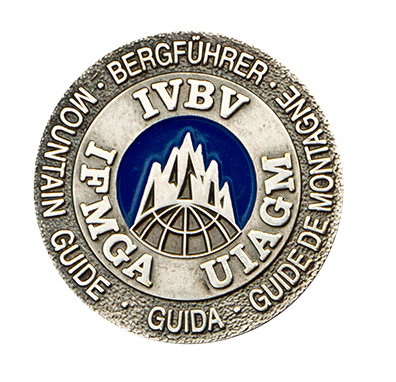In the 1980’s the avalanche education powerhouse team of Jill Fredston and Doug Fesler organized avalanche information into an avalanche triad in their book Snow Sense. They describe snowpack, weather, and terrain coming together to make an avalanche. People, at the center of the triangle, turn the danger of avalanches into a risk for humans. Their triad, like all their work, has stood the test of time.
The avalanche triad from Snow Sense by Fredston and Fesler.
In the decades of thinking about the avalanche triad, I steered away from it because it felt stagnant. I wanted a system with a progression. Not a list. But in recent years, I’ve come back to the triad, realizing that a simple list, as a graphic, is a great starting point for an avalanche avoidance system. Cycling back to an idea, after exploring other options, tells me that I’ve found what I’m after. The triad works.
It needs a small tweak though. Terrain goes in the middle.
While planning before going into avalanche terrain we consider the condition of the snowpack, weather, and people. Based on those conditions we choose appropriate terrain to ski. This is how people think and talk about avoiding avalanches.
You are the person standing below the terrain that has its unique weather and snowpack.
People are just as fickle as the mountain weather and snowpack. Terrain, though, is our trusty old friend.
This is the second of four posts on concepts I wrestled with for my Avalanche Decision Making Field Book. Lucky for me, avalanche problem is far from being solved.


